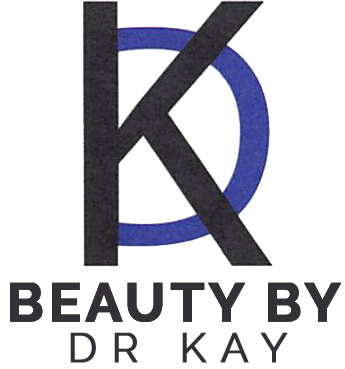To better understand biostimulators, we need to understand the environment that surrounds them and contributes to their gene expression. The fibroblasts, at the center of all collagen production, is highly influenced by the structure of the local ECM surrounding it. At the cellular level, scaffolding can be understood based on tensional integrity, or tensegrity, which is a balance of tensile and compressive forces within the cytoskeleton and extracellular matrix. With biostimulatory treatments we can induce fibroblast differentiation and production of collagen by using mechanotransduction cues to activate these processes. Fibroblasts trigger neocollagenesis as a result of mechanical stress applied by the tissue surrounding a wound, and the cytoskeleton mediates the changes facilitating cellular adaptation. Senesscence-associated secretory phenotype (SASP) proteins mediate the local environment, triggering inflammatory or wound repair cues. When we create scaffolding for our patients with injectable biostimulators (such as PLLA or hyperdilute CaHA), these mechanisms of action are what we need to understand. With this approach, we can then understand how each product works and the best way to integrate them into the process of rebuilding skin.
The Superficial Musculoaponeurotic System (SMAS) and its contractile elements are important to understand. The top layer links facial muscles to the dermis; the middle layer links with mimetic muscles; and the deep layer is attached to the facial bone periosteum. Lateral to the nasolabial fold, the fat is looped in by large facial structures, and medial to the fold, it is integrated into the dermis.
Contractile properties affect the healing process and the SMAS layer adjusts with muscle movement. Continuous contraction leads to facial lines and the development of sagging skin.
The wound healing process entails scaffold formation, inflammation and commencement of the foreign body response (FBR), and remodeling or ongoing inflammation. During the remodeling phase, fibroblasts differentiate into inflammatory and non-inflammatory. M2 macrophages guide fibroblasts to myofibroblasts to aid wound closure and collagen synthesis, but macrophages that differentiate into M1 are inflammatory and can give tissue adhesions. Too much inflammation causes problems, so adding products in the milieu to create a positive environment will drive macrophages toward becoming the M2 class. The macrophages eventually create a transitional extracellular matrix (ECM) that then becomes established with collagen. Type III collagen can live up to 70 years, and type I collagen is a 10- to 15-year molecule. Elastin, meanwhile, makes up 2% to 4% of the skin’s dry weight and has a half-life of 70 years as well.
The bioregenerative scaffolding that we are creating, such as poly-L-lactic acid (PLLA) and calcium hydroxyapatite (CaHA) help that regenerative environment and gives the fibroblasts a great place to live.
If collagen does not adhere, fibroblast senescence occurs and drives dermal aging via proliferation halt and senescence-associated secretory phenotype (SASP) proteins circulate around young fibroblasts, chronically aging them. Fibroblast senescence is enduring; these fibroblasts do not produce good collagen, they cannot be killed, they do not have apoptosis, and they cause extensive inflammation and destruction of natural collagen. Loss of autophagy causes an accumulation of aging senescent skin cells and degrades the extracellular scaffolding framework causing aging skin.
Understanding the principles of scaffolding and the mechanisms of action in neocollagenesis will continue to be crucial for advancing aesthetic medicine and practices. Leveraging bioregenerative injectables such as poly-L-lactic acid (PLLA) and calcium hydroxyapatite (CaHa), we can create an optimal regenerative environment in the extracellular matrix that supports fibroblast activity and collagen synthesis. This growing segment of aesthetic products not only enhances the effectiveness of treatments but also promotes healthier, more youthful skin. In conclusion, the extracellular matrix is critical to create an environment for biostimulatory neocollagenesis to occur. We can modulate its effects by understanding the ECM scaffolding and its interaction with the fibroblast.



